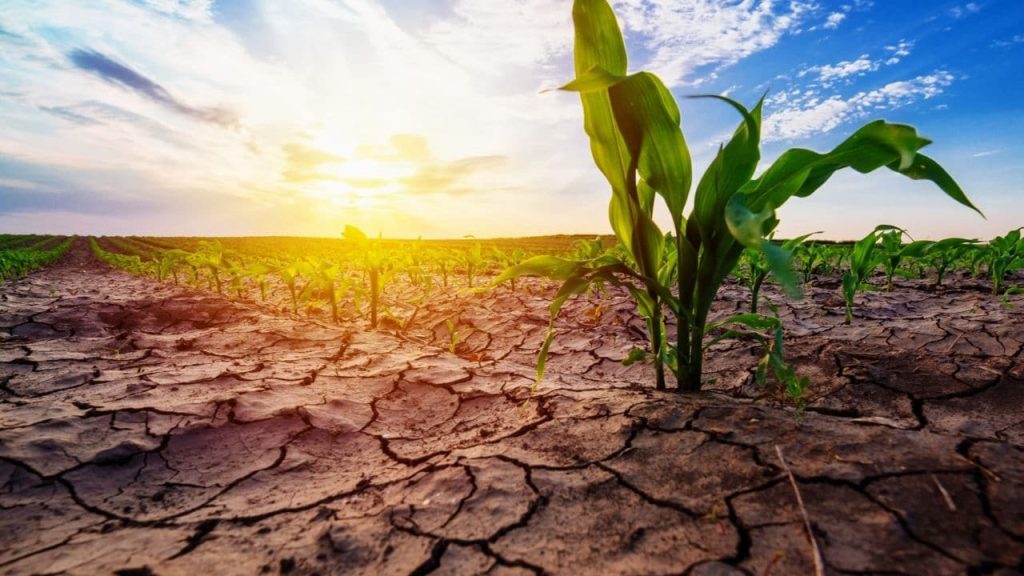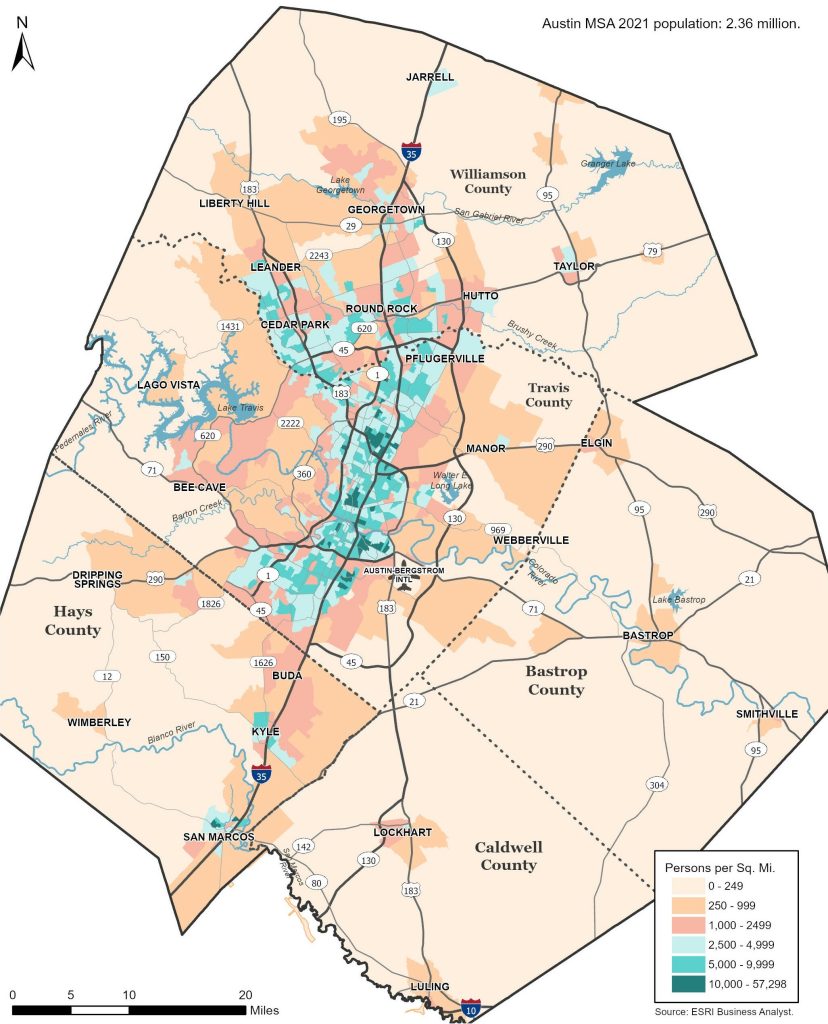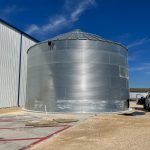
The term “drought” can be misleading. The first thought that most people have when they hear the word might be similar to “our land is not receiving enough rain” and while rainfall is certainly a factor, it is not so easy to blame the lack of rain as the whole reason an area is experiencing a drought.
In fact, the lack of water is most likely stemming from over population and the increased need for water, rather than the lack of rainfall in general. When growth happens in an urban environment, this places a higher demand on our resources that may already be struggling to supply the current population. For example the Austin area has basically doubled in population growth every 25 years since it’s founding.
Many of the most crowed areas are located on the Edward’s Aquifer, the power house of water source for the area, as shown in the map below.

A drought is characterized by an extended period of below-average precipitation, leading to a deficiency in water availability compared to what is considered normal for that region. However, drought is not solely determined by a lack of precipitation. It is also influenced by factors such as evaporation rates, soil moisture levels, and water demand.
Droughts can occur in different forms and have varying durations. Here are three common types of drought:
- Meteorological Drought: This type of drought is associated with a prolonged period of significantly below-average precipitation. It is primarily concerned with the deficit of precipitation compared to the expected or historical patterns. A meteorological drought can be identified by monitoring weather conditions and analyzing precipitation data.
- Agricultural Drought: Agricultural drought occurs when there is a lack of soil moisture, which can impact crop growth and agricultural productivity. It takes into account factors such as precipitation, evapotranspiration (water loss from soil and plants), and soil moisture levels. Agricultural drought can have severe implications for food production and the livelihoods of farmers.
- Hydrological Drought: Hydrological drought refers to a deficit in water availability in streams, rivers, lakes, and groundwater systems. It takes into account the overall water balance and considers factors such as precipitation, runoff, streamflow, and groundwater levels. Hydrological drought can affect water supply for drinking, irrigation, industrial use, and ecosystem health.
It is important to remember that development plays a large part in how our water levels are impacted. New construction, especially near the aquifer regions draw water that is already strained and makes it difficult for the aquifer to capture the rain when it inevitably does fall again.
Water conservation is the single most important method for lasting a drought. Use conservation tips and be mindful of your water usage so that everyone can enjoy the bounty of rain that will, eventually, fall once again.






My family came to the Austin area in the 1870’s when there was plenty of water. Originally, they lived east and farmed. My grandparents moved into town, just a block up from Waller Creek.In those days, the upper Waller Creek just south of Hancock Golf Course ran clean. I loved to wade in it as a child. Now, as an adult, with all the population growth, there is less water and crowded roadways. I am doing all I can to conserve water. I took out my lawn in the drought of 2011 and and xeriscaped. I grow native plants. I use Wicking Beds for veggies. I collect rainwater.
Betty, thanks for the comment! Yes, the times are a-changing. I appreciate all your efforts to help protect and conserve our precious water resources. Many things need to change, both big and small, to help create a truly sustainable water supply for Central Texas.